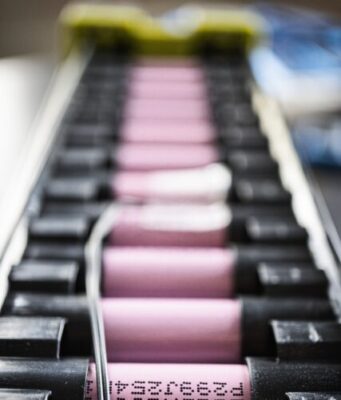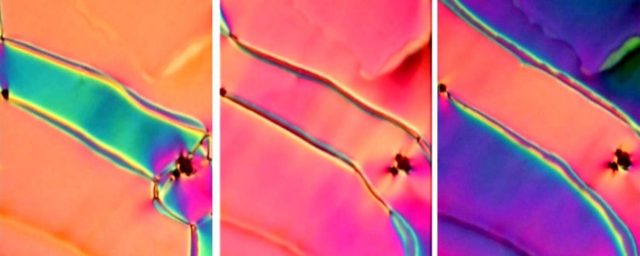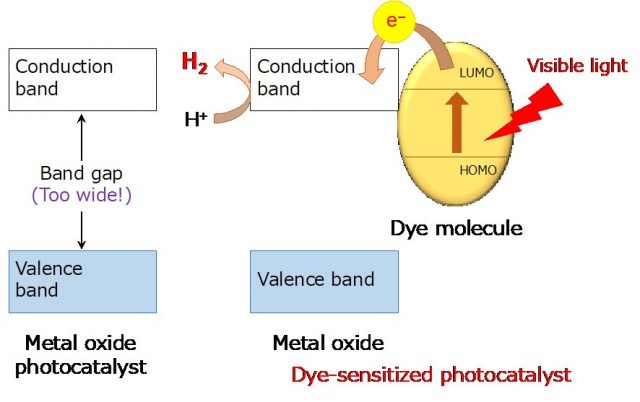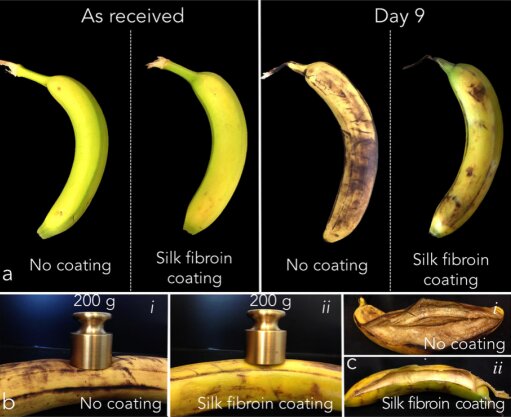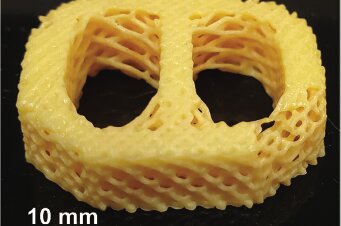Ryan McMullen had never heard of the USC Dornsife College of Letters, Arts and Sciences when he started casting about for a graduate chemistry program. But on the recommendation of one of his professors, he sent an email to...
Rice University engineers have created a light-powered catalyst that can break the strong chemical bonds in fluorocarbons, a group of synthetic materials that includes persistent environmental pollutants.
In a study published this month in Nature Catalysis, Rice nanophotonics pioneer Naomi Halas...
The virus SARS coronavirus 2 (SARS-CoV-2) is the known cause of coronavirus disease 2019 (COVID-19). The "spike" or S protein facilitates viral entry into host cells.
Now a group of researchers from Seoul National University in South Korea, University of...
As policymakers increasingly turn toward science in addressing global climate change, one Michigan State University scientist is looking to nature to develop the next generation of solar energy technology.
MSU Foundation Professor James McCusker, Department of Chemistry, believes that the...
Researchers at the University of Colorado Boulder's Soft Materials Research Center (SMRC) have discovered an elusive phase of matter, first proposed more than 100 years ago and sought after ever since.
The team describes the discovery of what scientists call...
Chemical engineers from UNSW Sydney have developed new technology that helps convert harmful carbon dioxide emissions into chemical building blocks to make useful industrial products like fuel and plastics.
And if validated in an industrial setting and adopted on a...
Scientists at Tokyo Institute of Technology (Tokyo Tech) have developed a hybrid material constructed from a metal oxide nanosheet and a light-absorbing molecule for splitting water molecules to obtain dihydrogen (H2) under sunlight. Since H2 can be used as carbon-free...
Benedetto Marelli, assistant professor of civil and environmental engineering at MIT, was a postdoc at Tufts University's Omenetto Lab when he stumbled upon a novel use for silk. Preparing for a lab-wide cooking competition whose one requirement was to...
Vaccines are notoriously difficult to transport to remote or dangerous places, as they spoil when not refrigerated. Formulations are safe between 2°C and 8°C, but at other temperatures the proteins start to unravel, making the vaccines ineffective. As a...
Biological tissues have evolved over millennia to be perfectly optimized for their specific functions. Take cartilage as an example. It's a compliant, elastic tissue that's soft enough to cushion joints, but strong enough to resist compression and withstand the...
A new sensor for detecting carbon dioxide can be manufactured on a simple piece of paper, according to a new study by University of Alberta physicists.
"You can basically think of it as a litmus paper for carbon dioxide," said U of A...



